Maria Harris
MathDice
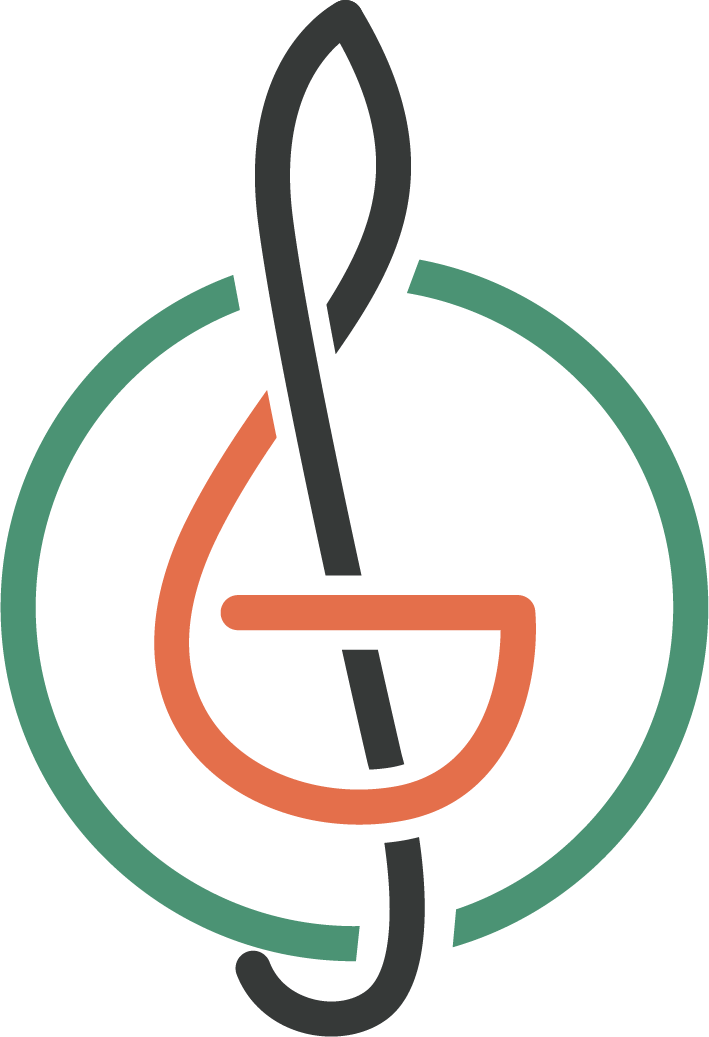
Bachelor of Information Technology
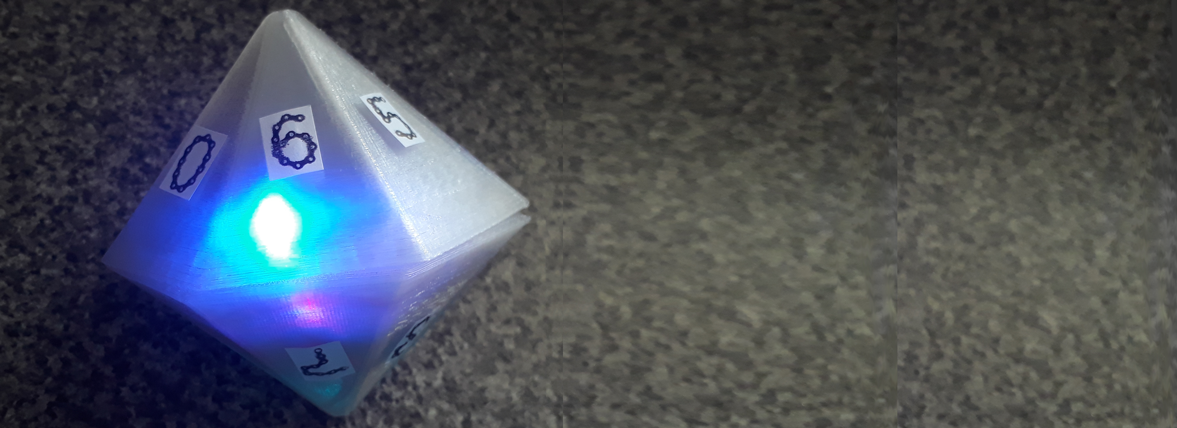
Maria Harris
MathDice

Bachelor of Information Technology

Team Garfunkel focused on the theme of musical things and further explored how it could be used to solve a specific problem space. After discussions were completed, the team decided to focus on helping primary school children's learning through music. Each team member focused on different aspects, from maths to well-being. Although the problem space was the same, each team member worked on a different concept.
Within, the main problem space I decided after completing research and questioning a potential stakeholder to focus on the area of mathematics, specifically helping children learn multiplication through music. Australian children are struggling with this particular area of maths for various reasons such as lack of interest or predetermined negative opinions about the subject. Thus, MathDice was created to help solve the problem.
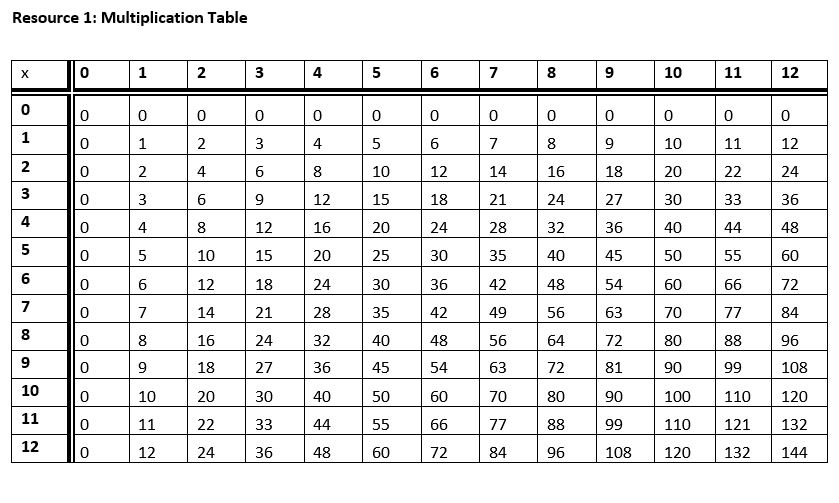


The intended concept would be a product in the form of a 14-sided dice that is secure, strong and built to handle being thrown around by children without risking safety. Children learn differently and some strategies work
better for them than others, therefore, flexibility would be provided through the concept by allowing them to learn at different stages and use materials in their class. Thus, students will be able to learn, repeat and
become familiar with one times table at a time. A times table will be broken up into two sections to allow the child to find similarities and relationships between the numbers and answers. Thus, the child would be able
to learn x × 0 to x × 5 then x × 6 to x × 12 through the MathDice and resource given ("Learning the 2 times table: tips and tricks", 2020). Another resource is showing the numbers such as an apple through imagery because research suggests
this is a strategy to introduce children to multiplication as they able to connect the question to real life ("6 Tried and Tested Strategies to Teach Multiplication to Kids", 2019).
For the intended physical form, all sensors would be contained within the dice; therefore, the child would only interact with the product. The user would be able to throw, roll and shake it. When the dice is rolled, the
side will light up and audio will play from the product itself. How the user answers the multiplication question is by doing certain hand interactions to create the beat and tone for each digit. The sounds produced will
then be recorded and checked for any similarity between the ones stored, to determine if they got it right.
Sounds and colour will represent digits as a hearing and visual aid to encourage student engagement in learning multiplication. Each digit will have a unique sound, bars, or scales from tunes without words. These sounds
will not change to allow children to eventually become used to them and associate those with the digits, making it easier for them to answer using different hand interactions. The colours range from red to black, to visually
show which side and number have been rolled. Each digit has a unique colour. When the students’ progress and become well versed in all times tables they will be able to move onto multiplying multiple numbers to further help
them in learning multiplication.
The intended final concept, if this was to be created, built and used in the future, would be to have all parts and functionality working and fixing up the UI design to be more aesthetically pleasing, such as where the lights
are positioned in the dice to make the whole section light up. The numbers would also be etched in the dice, rather than as a paper image. Furthermore, all the sensors would be contained and stay in one position in the dice
when it is being rolled, thrown or shaken.

The intended interaction would ideally take place in the child’s home or classroom. Users, before they start interacting with the prototype, should make sure they have all the necessary equipment, such as paper, digital exercises or resources.
These items can be provided by the teacher, parent or the ones suggested with the prototype.
The dice was created to allow children to use the prototype regardless of their current stage or ability concerning multiplication. For a beginner learner, the child can start by becoming familiar with the sounds and colours that represent
each digit and number by manually rolling the dice. Once they are ready to start interacting with the prototype, it would be recommended to them to start on their two times table. The user would then manually roll the dice until it landed on two.
After this step is completed, they will shake the dice to record the number for them to use in the future, allowing other numbers rolled to be multiplied by two. Then, the user will roll the dice manually until it rolls a zero. Each time the dice
is rolled, the corresponding colour will be displayed, and the associated sound will automatically play. Furthermore, if the user only wants to multiply two numbers they will throw the dice in the air for them to record similar sounds to the ones
stored for the answer. To show what happens if the user gets it wrong, the person demonstrating the video will do the wrong interaction, such as clapping and hitting their hand with their fist. The wrong tune will then automatically play to let
the user know their answer is incorrect. The user will then try again. If they can’t get it right they will have the option of turning off the dice by picking it up and holding it still for ten seconds. They will then have to redo all the steps;
however, this will reset everything, including numbers no longer be multiplied by two. In this case, the answer is zero, therefore, the user will clap once and then the stored tune for zero will play to let the user know they were correct.
They can either roll the dice again and multiply the number by two or turn it off. The assumption will be that the teachers and parents would be involved in the child’s learning and help them with their first interactions with the product.
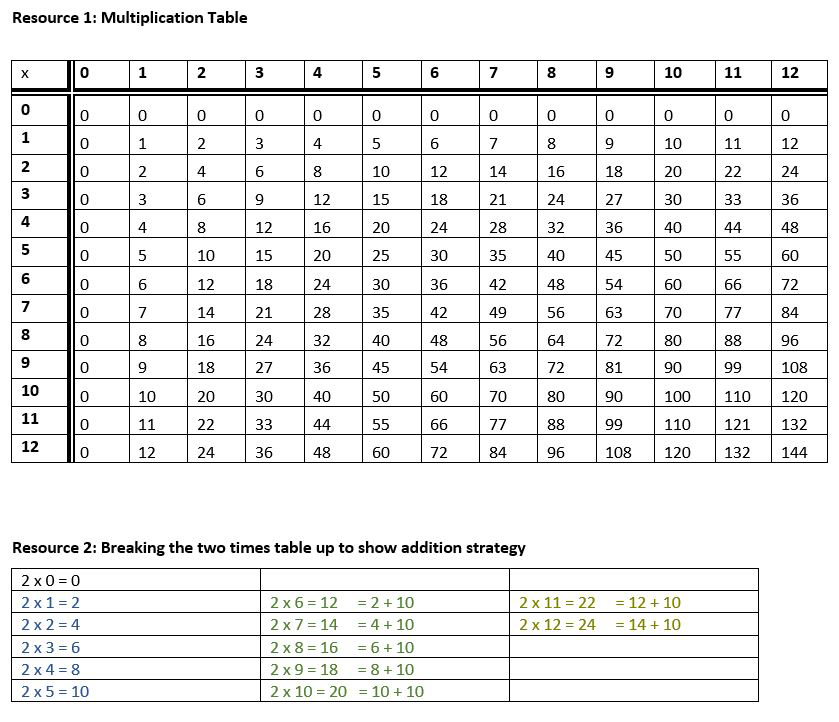
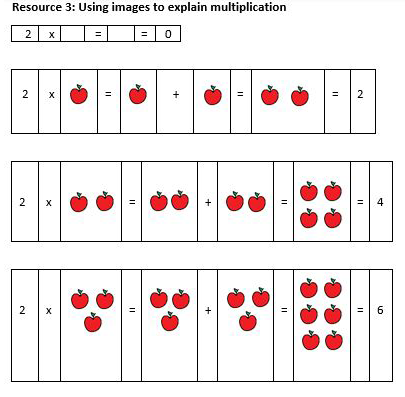
The actual interaction includes the user being able to shake the dice to record the number the other ones are to be multiplied with; throw it up in the air to calculate the answer and roll the dice, with all sides except the blank lighting up and the corresponding sounds playing from the computer. Ideally, as mentioned in the interaction concept section, the sounds would play from the dice. How this functionality is being simulated is through Unity. The photon device publishes the accelerometer and gyroscope sensor data, such as what side was rolled, to the photon particle cloud. Unity then reads the data and plays the musical sounds when certain information is parsed. The same data is used to turn on the corresponding RGB light on the neo-pixel strip. For the creation of sounds, the musical piece Indian Dance and a keyboard were used ("Indian Dance Beginner Keyboard Music", 2020). The song was broken up into different notes and beats that were positioned together for the digits.
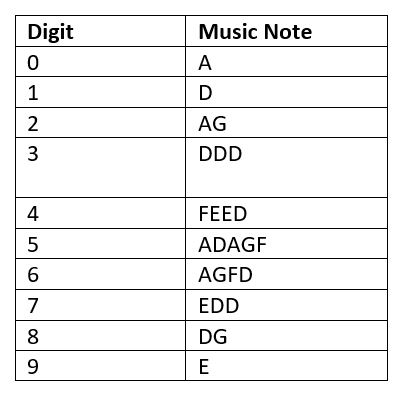
Indian Dance Beginner Keyboard Music. (2020). Music for Music Teachers. Retrieved from https://www.music-for-music-teachers.com/indian-dance.html
Learning the 2 times table: tips and tricks. (2020). TheSchoolRun. Retrieved from https://www.theschoolrun.com/2-times-table-learning
6 Tried and Tested Strategies to Teach Multiplication to Kids. (2019). Kidsacademy.mobi. Retrieved from https://www.kidsacademy.mobi/storytime/how-to-teach-multiplication-to-kids/